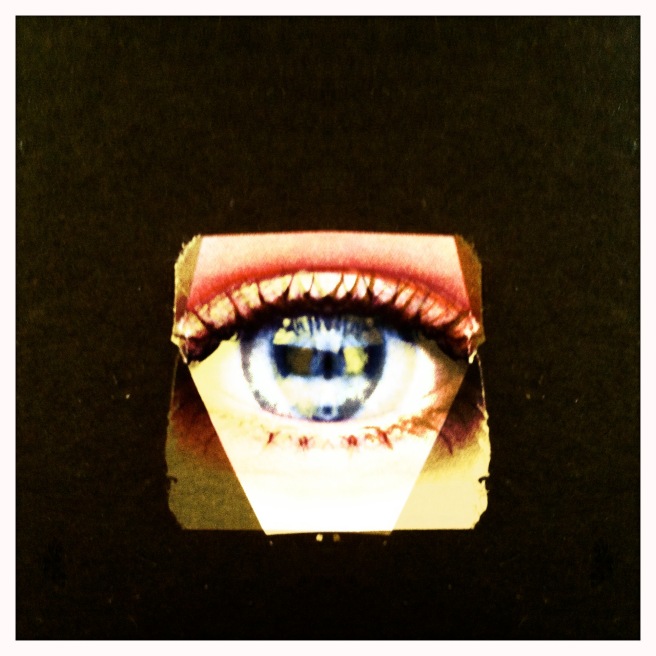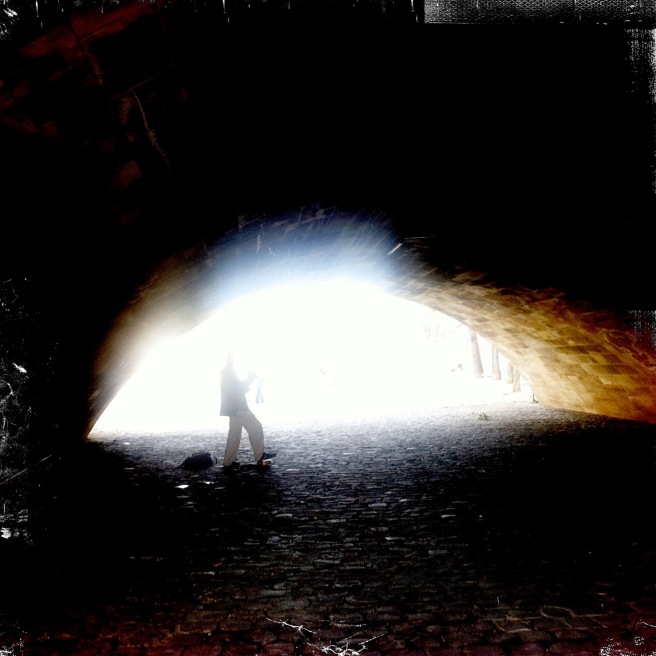Jazz, Perfume, and the Incident, Seno Gumira Ajidarma, 1996
- Indonesia, #11
- Borrowed from SF Library (via Interlibrary Loan)
- Read: June, 2017
- Rating: 3/5
- Recommended for: conscientious sensualists

This was such a strange book. It literally alternates one chapter about jazz, one chapter about perfume (or, more precisely, about perfume-wearing women), and one chapter about the so-called “Dili Incident” (now known as the Santa Cruz Massacre) of 1991, wherein at least 250 peaceful protestors in East Timor were killed by the occupying Indonesian army, which then covered up the massacre by burning bodies or dumping them into mass graves and released an official death count of 19. At the time, Seno Gumiro Ajidarma was a poet and short-story writer as well as the managing editor of a glossy Jakarta-based magazine. Horrified by eyewitness reports from “the Incident” and the government’s attempts to cover it up, he chose to publish interviews with survivors and witnesses, though he risked drawing the attention of the repressive Suharto regime. He was soon fired by the media conglomerate that owned his magazine, and wrote two books that would (in his own words) “immortalize the Dili Incident and the military oppression of East Timor.” The first of these books was the short story collection Eyewitness; the second was Jazz, Perfume, and the Incident.
The chapters on jazz are journalistic pieces, exploring the history of jazz and its role in modern life, fairly self-contained essays about individual jazz artists or albums or songs. The perfume chapters are reminiscences about various women, memories of conversations or evenings in some vaguely sketched past. The women are not named, and are only differentiated by the perfumes that they wear. In fact, but for the perfume they could all be the same woman at different points of time. They are all powerful, independent, yet sad; most of them seem to be in failed or failing relationships, and their relationship to Ajidarma is ambiguous (though the last two perfume chapters–“Lesbians” and “Gay Men”–deviate a little bit from this formula). Side note: I can’t decide if I’m entirely comfortable with Ajidarma’s attitude toward women in this book. Also, he approaches his chapters on “Lesbians” and “Gay Men” with sympathy and journalistic curiosity, but perhaps with less sensitivity or background than one might hope for.

However, the main point of the book is in the “Incident” chapters, which consist almost entirely of brutal eyewitness testimony about the Santa Cruz Massacre. It isn’t clear whether these accounts are fictionalized or whether they are the accounts of genuine witnesses, but it seems likely that they are at least close to the truth of the event. I want to include two excerpts here, but they’re fairly graphic and shocking to read, so you have my permission to skip them if you’d rather not have these images in your head.
I was refused permission to go into the cemetery to look for my son and while we were stuck there waiting, my friend counted thirty-five corpses being lifted onto one of three parked trucks…
For me, it was a scene of unimaginable cruelty. I saw one man who might have only been knocked out–his head was moving from side to side. As soon as a soldier noticed, he picked up a rock and crushed the man’s skull. I saw another man still alive among the corpses in the truck. The soldiers lowered him back to the ground and bashed his head in until he died and then threw him back into the truck.
And another:
After five to ten minutes of gunfire, the soldiers surrounded the cemetery, blocking us inside. Those of us who were still alive were ordered to strip naked. They kept saying things like, “It’s time for you to pray because now you are going to die.”
I was naked like the others and was beaten with a board. One of the soldiers took a ballpoint pen from my shirt pocket and stabbed it into my genitals. Right next to me, a guy was stabbed in the head with a knife.
The sections are tied together by a loose narrative structure: the journalist sits at his desk in the closed magazine office, reading reports on the Incident, being repeatedly interrupted by phone calls, some of which lead to him meeting up with women in jazz clubs, some of which only plunge him into reminiscences or riffs on jazz. Time seems to stretch on forever–is it all one night? A series of nights? Are these little vignettes flashbacks, or happening in real time? It’s all quite surreal (at one point he wakes up to realize he’s been asleep at his desk for two years), and gives the reader an odd sense of floating alone in an endless night, where distant jazz floats up from the streets below. The book begins at sunset; at the end, just before the epilogue (in which it is again sunset) the narrator thinks, “It ought to be morning by now–so why is the world still dark?”

In his preface, translator Gregory Harris writes that he at first thought the alternating chapters served as a sort of camouflage, the jazz and perfume offering enough apolitical padding to let the Incident chapters escape the attention of government censors. But on careful reflection he decided that “the unorthodox structure acts not just as a cover-up, but as a means for Seno to juxtapose shockingly different worlds that are, nevertheless, bound together.” And yes, the book can read a little bit like the thoughts of a capitol-dweller from The Hunger Games suddenly realizing that life in the outer Districts is not all it’s cracked up to be. But by the end of the book I had come to the conclusion that it wasn’t just about juxtaposition.
It’s certainly jarring, to have a report entitled “Arbitrary Detention and Torture, Including Rape,” interrupted by the journalist pausing to choose a track to listen to–
I stop reading for a moment, slip on my headphones. I grab one of the cassettes lying scattered by the computer. Santana Brothers and the song “Blues Latino” begins to fill my head. I nod in time to the music. There, that’s much better.
“Victims of torture include men and women, young and old…”
And it seems callous, and the initial reaction is that jazz, and perfume, and sex, and even love, are meaningless in the face of such overwhelming brutality and violence. But jazz becomes a metaphor for life, and for Ajidarma’s purpose in writing the book. The words he writes about jazz could just as well be applied to his efforts to publicize the Incident and Indonesia’s brutal occupation of East Timor:
But to make sure something is heard, well, a price must be paid—it’s not free, or automatic. The price is not money, but effort. If you want to hear jazz as something beautiful, you must approach it with enough seriousness to understand it, to listen for the beauty in it. Then you will get far more out of it than those who pay attention only for a moment before turning away and saying, ‘Ah, I don’t understand.’
And, even more poignantly, he writes, “I’m just a listener. Just a reader. All I can do is quote from here and there.” He is referring to his appreciation for jazz, but this is his role in the Incident as well; living in relative luxury in Jakarta, blissfully oblivious to the hardships suffered in Indonesia’s 27th province for sixteen years, doing nothing to help until it is too late to prevent catastrophe, all he can do is bear witness to the massacre, to quote from its victims and those who saw it happen. This book, and the risks he took to write and publish it, represent a sort of redemption for his prior complacency.
In the very last “jazz” segment, he quotes Premature Autopsies, Stanley Crouch’s spoken-word sermon from Wynton Marsalis’s The Majesty of the Blues, and I think this is an appropriate epithet to express Ajidarma’s hopes for himself and for this work: “You see, when something is pure, when it has the noblest reasons as its fundamental purpose, then it will become a candle of sound in the dark cave of silence.”
I’m still not quite sure how the perfume parts fit in.


One thought on “Jazz, Perfume, and the Incident: improvising meaning from brutality”